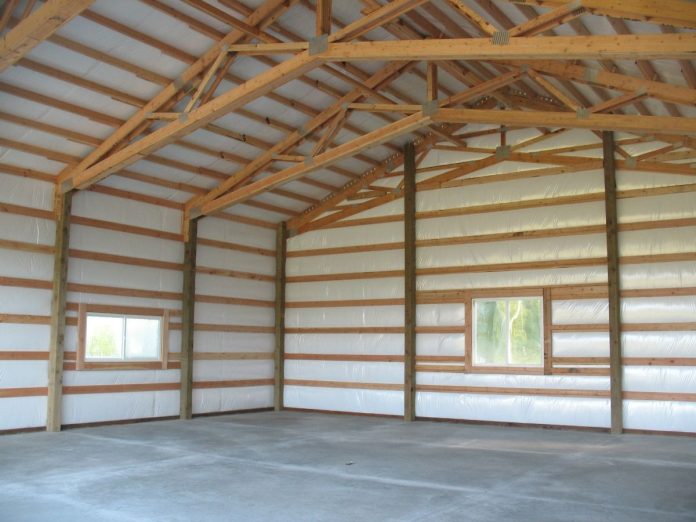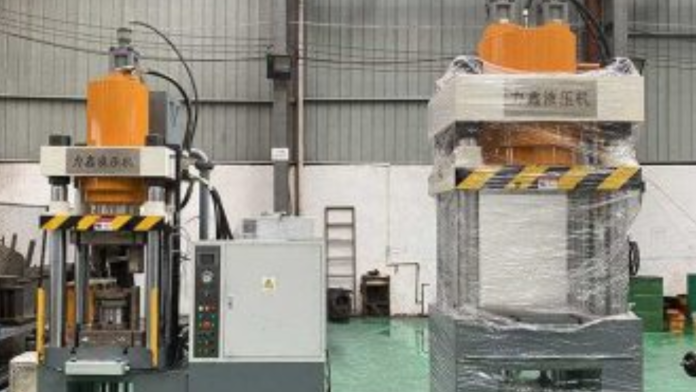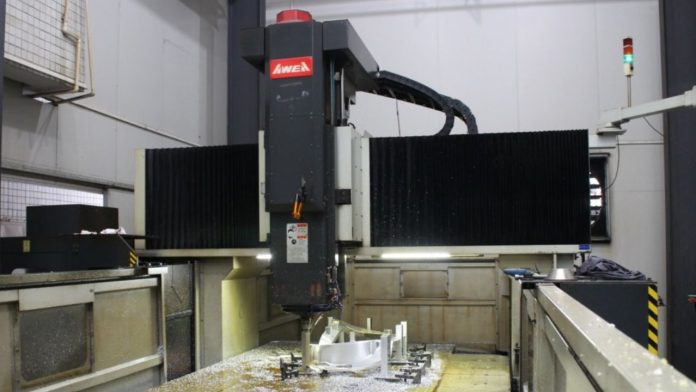On top of its main functionality, the garage door also plays a role in enhancing the appearance of the house itself. To bring more aesthetics into your garage door, you might want to try to install windows. These inserts are made in several kinds of shapes (from classy to modernish ones) that add to the available variety and help you match your preferences with the general look of the house. In this article, you will be given an overview of the basic types of garage door window inserts which you should know before going to the market for an intended purchase.
Traditional Window Inserts
The traditional window inserts are very rarely highlighted by conventional designs which are mostly taking an untouched way or just creating a touch of elegance. This heritage is represented by the frequently found shapes that are this style, such as the grids of square, rectangular, or arched windows and the decorated patterns. For these inserts, which are meant to be a faithful reproduction of the carriage doors, and hence characterize in style the new English design, the façade of the garage becomes a place of interest. Faux wood or wrought iron are among the popular stylish materials that are used to achieve a vintage classical design.
Contemporary Window Inserts
While the traditional windows are elaborately ornamented with different decorations, modern window inserts apply a minimalist and futuristic approach that involves using improved materials and erasing irrelevant decorations. Nowadays, most garage doors widely use plain big windows that help functionally, and make them perfect for a minimalistic design. Clear, frosted, or at least glass panels with a design is an ideal option as light will still be able to pass through but the design will remain neat and orderly. Aluminum and laminated glass are the two fundamentals to have a modern and strong structure.
Custom Window Inserts
For homeowners who need a specific style or a particular architectural design, custom window insertion allows these to be met and makes your home stand out with the uniqueness of the look. The customization options encompass the selection of window dimensions, shapes, and locations, along with a choice of materials, colors, finishes, and any decorative elements. From replicating architecture to customizing window inserts for every home’s needs, individual garage doors can become the main design feature of a house. This helps new house owners to make a selection of different choices and find the best one for them.
Conclusion
The windows inserted in the garage door present a perfect option for decorating the facade or renovating the house which combines classical, elegance, and minimalist styles or a mixture of these styles. Fitting the window inserts that would best go well with your design, material, and customization needs is now made effortless with the many design, material, and customization choices that you can choose from. Let the window inserts that go with the house style be a clue to the property owner that they are on the right way to bequeath their architectural vision.















